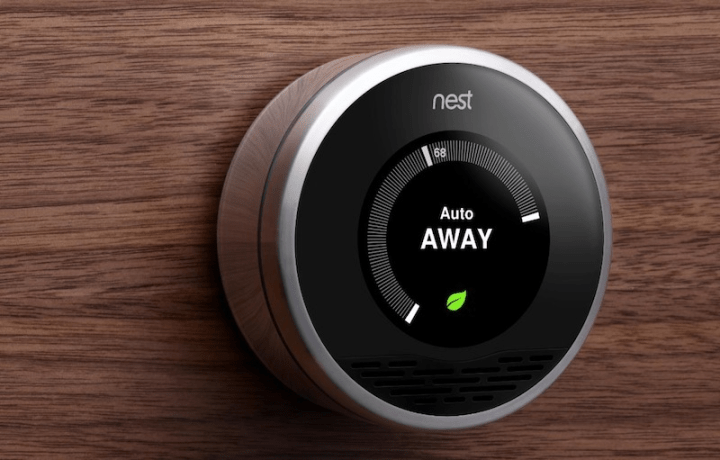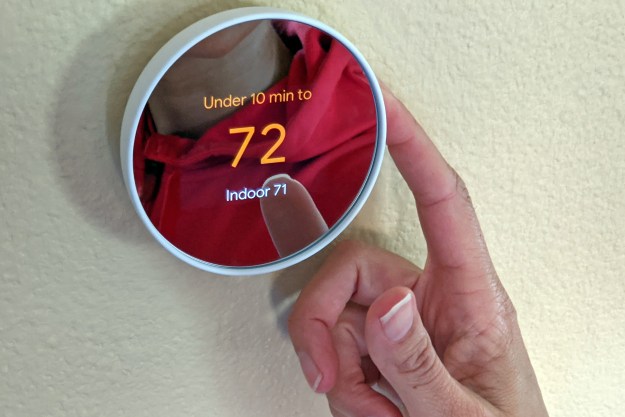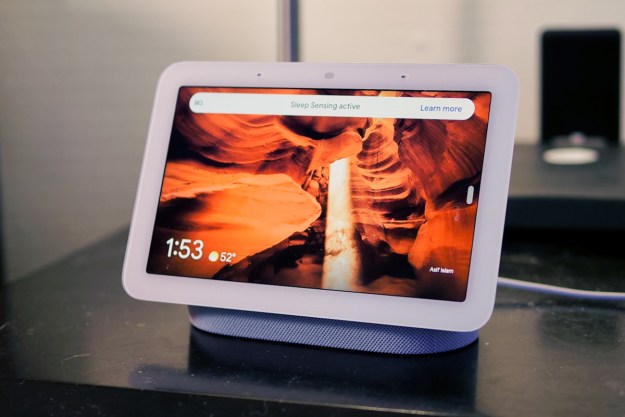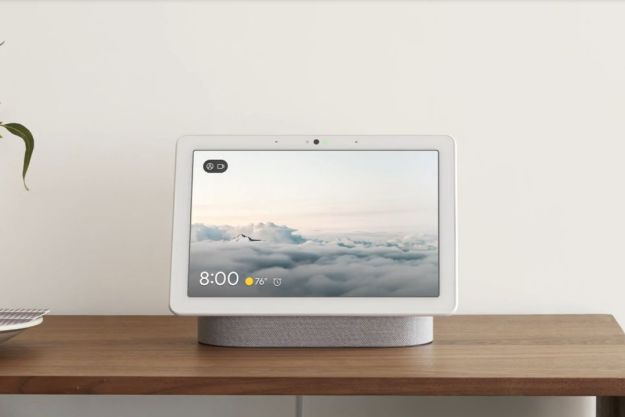
Check out our full written Nest Thermostat review.
Chances are that you’ve heard plenty people sing the praises of Nest’s energy-saving thermostats before, but not everyone out there is so satisfied with the award-winning products. Earlier this week, a Maryland man filed a multimillion-dollar class-action lawsuit against the company, alleging that its ultra-popular Learning Thermostats are defective, and fail to accurately measure a room’s temperature.
In the complaint, Justin Darisse said he purchased one of the thermostats online for $249.99 after watching Nest promotional videos and seeing advertisements that suggested installing the device would save him money. After testing the device firsthand, he found that faulty temperature readings taken by the thermostat actually caused him to pay more for energy costs, not less.
He alleges that,”Nest’s base and faceplate heat up, which causes Nest’s temperature reading to be from two to ten degrees higher than the actual ambient temperature in the surrounding room. This defect prevents the thermostat from working properly. As a result, Nest users do not experience the advertised energy savings.”
The complaint seeks more than $5 million for Darisse and the hundreds of thousands of other consumers who’ve purchased one of Nest’s thermostats, alleging that the company has violated warranty and consumer protection laws. Five million dollars is likely a drop in the bucket for the company, which was recently acquired by Google for $3.2 billion back in Janaury. But if the lawsuit sticks – and there’s no guarantee it will, at this point – it’ll likely cause a significant amount of damage to the company’s image.
You can read the full complaint, which was first spotted by Law360, for yourself here.
[via GigaOM]
Editors' Recommendations
- How to fix an Amazon Smart Thermostat that’s unresponsive
- Blink Mini 2 vs. Nest Cam (Indoor): Which is the better affordable security camera?
- Google Nest sale: Get up to 22% off cameras and doorbells
- The most common Google Nest Mini problems and how to fix them
- Ring Battery Doorbell Pro vs. Nest Doorbell: Which is the better video doorbell?




